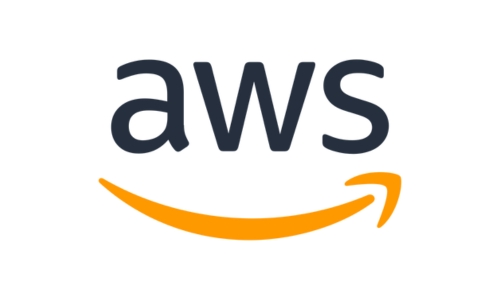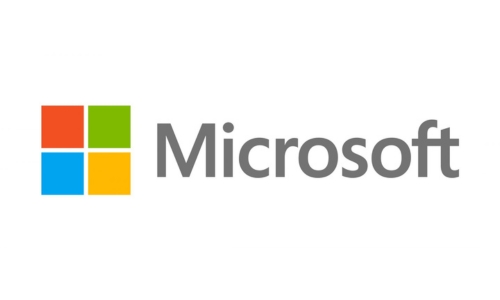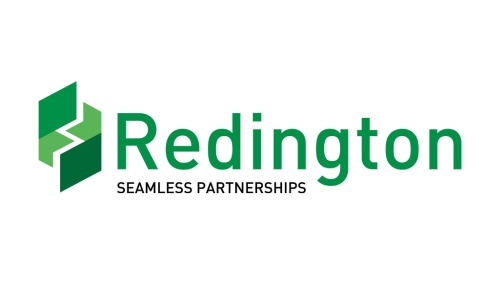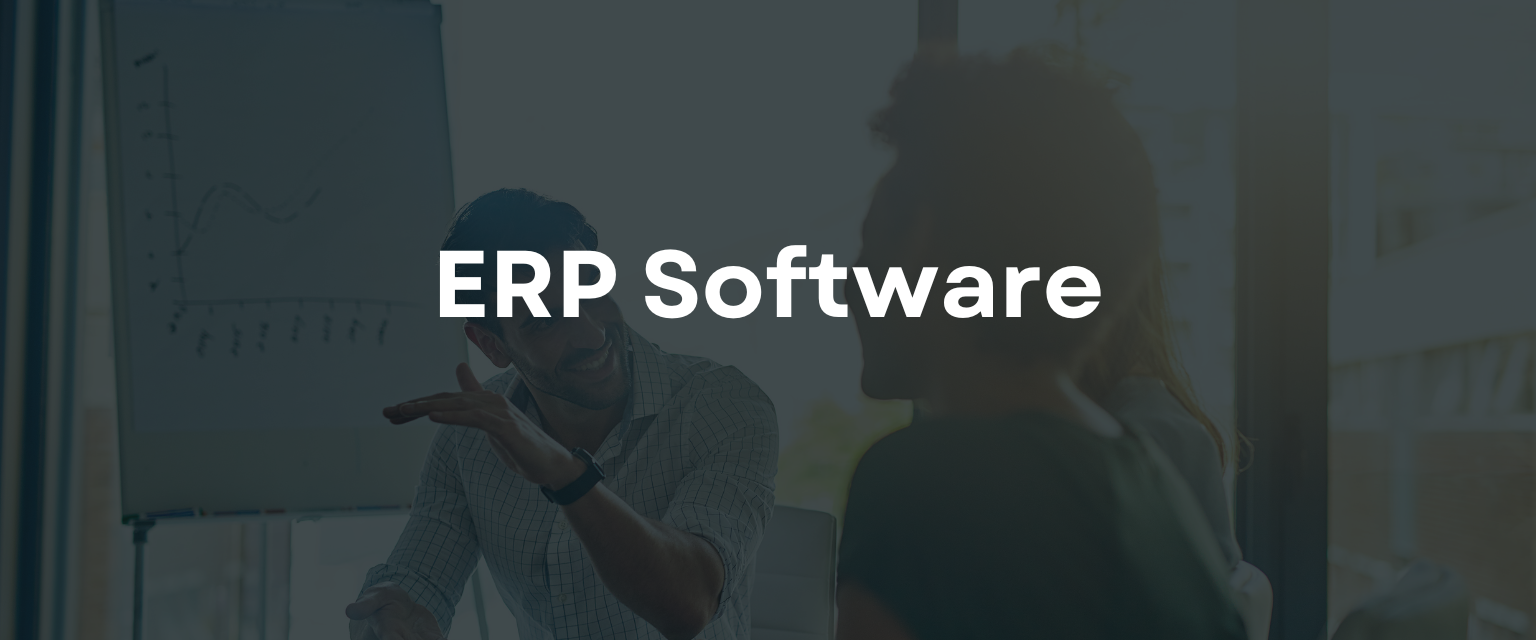In today’s fast-moving business world, staying ahead is not just a goal—it’s a necessity. Every business owner dreams of scaling their company, making operations smoother, and boosting profits. But the question is, how? The answer might surprise you: ERP Software.
ERP (Enterprise Resource Planning) software is like a secret weapon that can completely change the way a business works. It’s powerful, smart, and if used properly, can lead to massive growth.
Let’s dive into why ERP is so important and how it can fuel your business growth in the most interesting and simple way.
What is ERP Software?
Imagine running a business where every department is working in perfect harmony. Sales knows what inventory is available. Finance gets real-time updates on expenses. HR can manage payroll without chasing anyone for details. Manufacturing, purchasing, and logistics talk to each other effortlessly. That’s exactly what ERP does.
ERP software connects all your different business processes into one system. It brings together functions like accounting, inventory management, customer relationship management (CRM), supply chain management, human resources, and more into a single platform. Everything works together, like the gears of a well-built machine.
In short: One system. One source of truth. Full control. Complete visibility.
Why Businesses Struggle Without ERP
Many businesses, especially growing ones, use separate tools for different departments. One tool for invoicing. Another for inventory. Another for HR. A different one for CRM.
The problems with this approach are:
- Data Errors: Information has to be entered manually multiple times, causing duplication and mistakes.
- Delays: Teams spend unnecessary time emailing, calling, and checking spreadsheets to get information.
- No Big Picture: It’s hard to see the complete health of the business when data is scattered across different tools.
- Poor Customer Service: Without updated data, you can’t serve customers properly, leading to frustration and loss of trust.
- Low Efficiency: Teams work harder but not smarter.
Result? Slow growth, higher operational costs, frustrated teams, and missed opportunities to scale.
That’s where ERP swoops in like a superhero—bringing order, speed, and vision.
How ERP Software Powers Business Growth
Better Decision-Making
ERP gives you real-time data. Sales, inventory, finance, HR — everything is updated instantly. You can make smarter decisions quickly because you have all the facts right in front of you. No guesswork. No outdated reports. Only clear, updated insights.
Boosted Efficiency
With ERP, manual tasks are automated. You eliminate repetitive, time-wasting activities like double data entry, manual reporting, and manual order tracking. Less paperwork. Less human error. Your team can focus on important work like innovation, customer service, and strategy.
Improved Customer Experience
Happy customers = growing business.
ERP systems help you track orders, manage stock levels, and answer customer questions faster. When customers see how smooth your service is—prompt deliveries, accurate orders, helpful support—they keep coming back and even recommend you to others.
Cost Savings
While ERP might seem like a big investment at first, it actually saves money in the long run. You reduce wasted resources, avoid overstocking, minimize errors, and streamline operations. Plus, better forecasting helps you plan smartly, preventing unnecessary spending.
Scalability
Want to grow from 10 employees to 100? Expand into new markets? Open new locations? ERP systems grow with you. You don’t need to overhaul everything when your business expands. Instead, you simply add new users, locations, and processes to the same system.
Real Life Example
Let’s say you own a small company that sells organic skincare products.
Before ERP:
- Your sales team uses Excel sheets to track orders.
- Your warehouse uses a different app to track stock levels.
- Your finance team manually pulls revenue reports once a week.
Result? Mistakes happen. Orders get delayed. Customers get upset. Teams blame each other. Growth stalls.
After ERP:
- Sales, inventory, and finance are all linked.
- When a sale happens, inventory updates automatically.
- Finance sees revenue figures instantly and generates reports without manual work.
- Customer support can quickly check order status and provide real-time updates.
Result? Smooth operations, happier customers, fewer mistakes, faster growth, and a stronger brand reputation
Key Features You Should Look For in ERP Software
Not all ERP systems are created equal. If you want your secret weapon to be truly powerful, make sure your ERP software has:
- User-Friendly Interface: Easy for everyone to use without heavy training.
- Cloud Accessibility: Access it from anywhere, anytime. Remote work ready.
- Mobile Compatibility: Use it from smartphones and tablets on the go.
- Customization Options: Tailor the system to fit your business needs, not the other way around.
- Real-Time Reporting and Dashboards: See live data, not outdated snapshots.
- Strong Data Security: Protect your sensitive business information from cyber threats.
- Integration with Other Tools: Easily connect with apps like Shopify, Salesforce, Outlook, and more.
- Scalability: Can grow as your business grows.
Choosing the right ERP is like choosing the right engine for a rocket—it determines how fast and far you will go.
Common Myths about ERP
"ERP is only for big companies."
False! Today’s cloud-based ERP solutions are perfect for small and medium businesses too. Some systems are specially designed for startups and growing companies.
"ERP is too expensive."
Sure, there’s an upfront investment, but think of it like buying a house instead of renting forever. It saves you money over time by improving efficiency, reducing waste, and opening new growth opportunities.
"It’s too complicated to use."
Modern ERP systems are designed with simplicity in mind. Clean dashboards, simple navigation, and built-in training tools make adoption easy. Plus, ERP providers offer onboarding support.
How to Get Started
Thinking about getting ERP for your business? Here’s a simple roadmap:
- List Your Needs: Identify your current challenges and which processes need better management (like finance, inventory, HR, or CRM).
- Set a Budget: Know what you can invest realistically, including software costs, setup, training, and maintenance.
- Research ERP Vendors: Look at demos, customer reviews, and case studies. Shortlist 2-3 ERP systems that fit your needs.
- Get Advice: Talk to ERP consultants or experts if needed. They can help match the right solution to your business goals.
- Start Small: Implement in phases. Start with the most critical areas first (like finance and sales) and expand step-by-step.
- Train Your Team: Ensure everyone knows how to use the new system. Training reduces resistance and boosts productivity.
- Monitor and Optimize: Regularly review how the ERP system is helping you and tweak processes to get the maximum benefits.
Final Thoughts
Business growth is exciting but can be messy without the right tools. ERP software is not just another tool; it’s your silent partner that works 24/7 behind the scenes, making sure everything runs like a well-oiled machine.
Instead of juggling multiple tools, dealing with miscommunication, and reacting to problems, ERP helps you stay proactive, organized, and ready to grab new opportunities.
If you’re serious about taking your business to the next level, investing in an ERP system could be one of the smartest moves you make.
Remember:
“Growth happens when preparation meets opportunity. ERP is the preparation your business needs.”
So, are you ready to unleash your secret weapon?
Let’s make growth easier, smarter, and faster—starting today.
FAQs
What does ERP stand for?
ERP stands for Enterprise Resource Planning. It’s a type of software that helps manage and integrate key parts of a business like finance, HR, sales, and inventory.
Is ERP only for large companies?
No. Modern ERP systems are designed for businesses of all sizes. Small and medium-sized businesses (SMBs) can also benefit greatly from ERP solutions, especially cloud-based ones.
How long does it take to implement ERP software?
Implementation time varies depending on the size of your business and the complexity of the processes. It can take anywhere from a few weeks to several months.
Can ERP software be customized?
Yes. Many ERP solutions offer customizable modules and workflows to suit your business needs.
How much does ERP software cost?
Pricing varies based on features, number of users, and deployment type. Some ERP systems start as low as $25/user/month, while others cost thousands depending on scale.

Jewel Susan Mathew
Experienced SAP specialist and content writer, helping CXOs and leaders drive digital transformation with SAP solutions like S/4HANA, Ariba, Business One, and SuccessFactors.
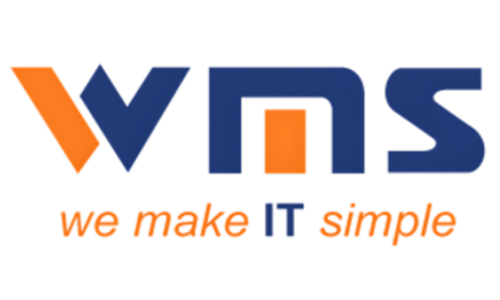
 SAP Cloud ERP Private
SAP Cloud ERP Private SAP Cloud ERP
SAP Cloud ERP SAP Business One
SAP Business One SAP Business ByDesign
SAP Business ByDesign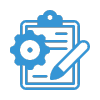 SAP SuccessFactors
SAP SuccessFactors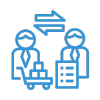 SAP Ariba
SAP Ariba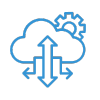 SAP Sales Cloud
SAP Sales Cloud SAP Concur
SAP Concur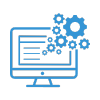 SAP Business Technology Platform
SAP Business Technology Platform SAP Analytics Cloud
SAP Analytics Cloud SAP Signavio
SAP Signavio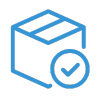 SAP Business One FASHION
SAP Business One FASHION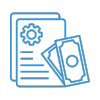 SAP Business One PAYROLL
SAP Business One PAYROLL SAP Business One PDC
SAP Business One PDC SAP Business One PDT
SAP Business One PDT SAP Business One REAL ESTATE
SAP Business One REAL ESTATE SAP Business One RENTAL
SAP Business One RENTAL
